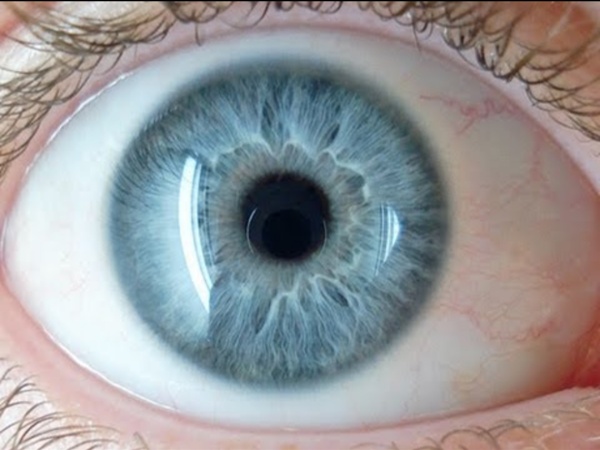



Standing wave Two opposing waves combine to form a standing wave. For waves of equal amplitude traveling in opposing directions, there is on average no net propagation of energy. Moving medium[edit] As an example of the first type, under certain meteorological conditions standing waves form in the atmosphere in the lee of mountain ranges. Such waves are often exploited by glider pilots. Standing waves and hydraulic jumps also form on fast flowing river rapids and tidal currents such as the Saltstraumen maelstrom. Opposing waves[edit] In practice, losses in the transmission line and other components mean that a perfect reflection and a pure standing wave are never achieved. Another example is standing waves in the open ocean formed by waves with the same wave period moving in opposite directions. Mathematical description[edit] In one dimension, two waves with the same frequency, wavelength and amplitude traveling in opposite directions will interfere and produce a standing wave or stationary wave. and
Twisted light beats quantum light The cool thing about science is that, even in the areas that you think you are pretty knowledgeable, surprises abound. This is what keeps me turning up to work (occasionally) and (even more occasionally) committing the crime of science writing. In this case, I get to combine a work interest (using light to measure stuff) with one of last century's passing fads (light with orbital angular momentum). I'm being a little unfair to the community of researchers who play with twisted light. In many types of optical measurements, we rely on the accurate alignment of two coordinate systems. Polarization is a measurement that tells us about the spatial orientation of the electromagnetic field of the light and how it evolves in time. When we measure polarization, however, we use apparatuses that measure the intensity of light after it has been filtered at a specific orientation. For a very precise measurement, we will want the two filters aligned as perfectly as possible. Light that is... twisted
Les ondes hyperfréquences Q u'est-ce qu'une onde électromagnétique ? C'est la propagation, à la vitesse de la lumière, d'une déformation harmonique des propriétés électriques et magnétiques de l'espace. L'amplitude de cette déformation est ce que l'on appelle la longueur d'onde. On définit également une onde par sa fréquence, c'est-à-dire le rapport entre sa vitesse et sa longueur d'onde. La figure I-1 décrit les différentes radiations du spectre électromagnétique. Intéressons nous plus en détail au domaine qui nous concerne, celui qui se situe à cheval entre les ondes radio et l'infrarouge : le domaine micro-onde. A ces trois domaines, sont bien sûr associées deux frontières qui, loin d'être des ruptures, sont de larges zones de recouvrement. Les différentes sources de génération d'ondes électromagnétiques sont illustrées sur la figure I-1 . Un découpage plus précis du domaine hyperfréquence a été réalisé : ce sont les bandes IEEE ( ) données par le tableau I-1 . Bande L Bande S Bande C Bande X Bande Ku Bande K